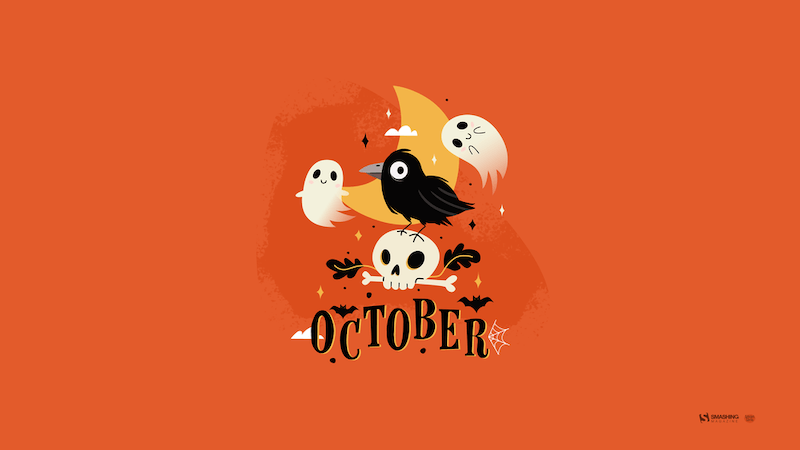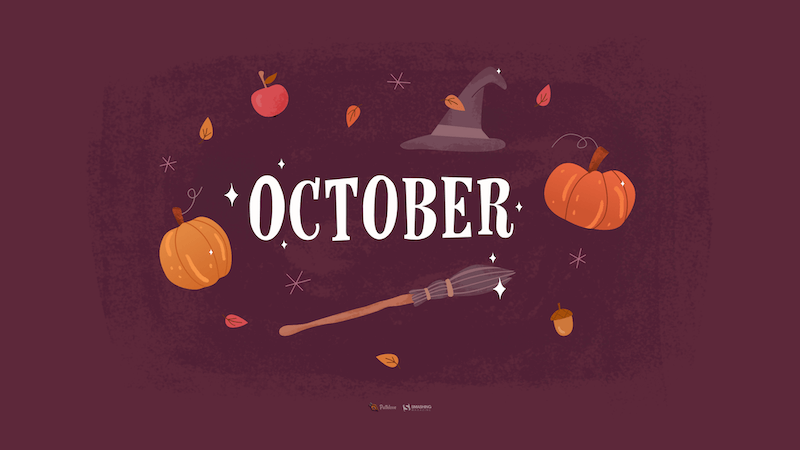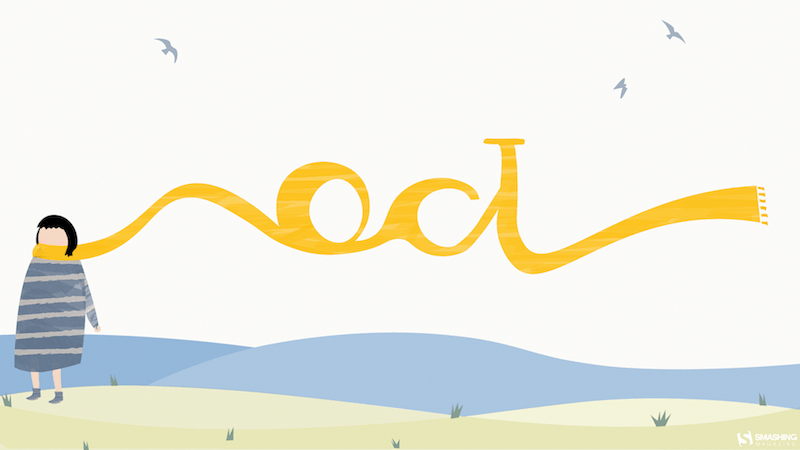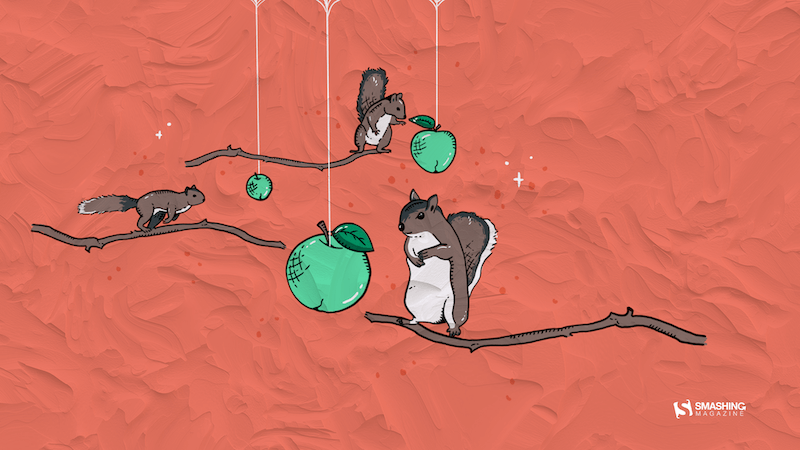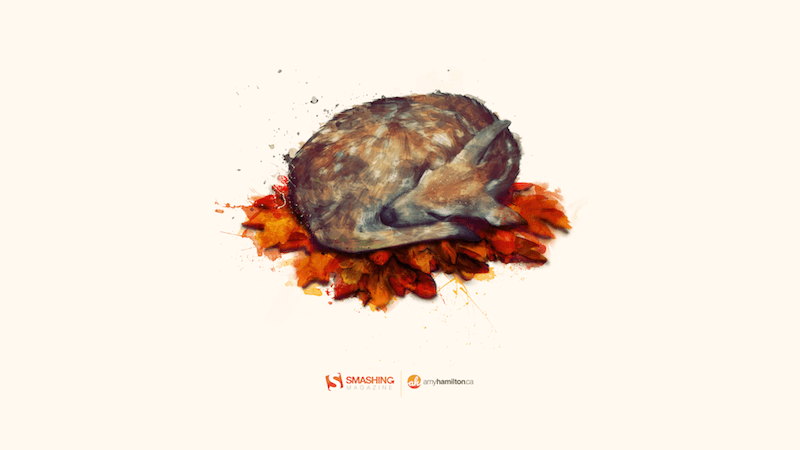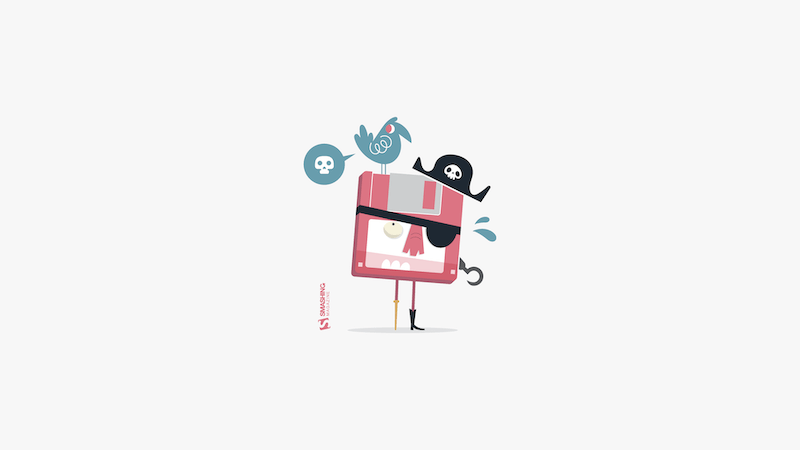Unique Corporate Gift Ideas That Will Impress Your Clients and Partners
Corporate gifting is a powerful tool that has gained significant importance in the business world. It involves the practice of giving thoughtful and carefully chosen gifts to employees, clients, partners, or other stakeholders in a professional setting to improve, strengthen, boost, or create a positive business relationship.
Corporate gifting is important for:
1. Relationship Building: Corporate gifting is an effective means of fostering and strengthening relationships. Whether it’s with clients, employees, suppliers, or business partners, giving thoughtful gifts can create a sense of goodwill and appreciation. This, in turn, can lead to improved cooperation, trust, and loyalty.
2. Expressing Gratitude: Corporate gifting allows organizations to express gratitude and appreciation for the contributions of their stakeholders. It sends a message that their efforts are recognized and valued, which can boost morale and motivation among employees and encourage repeat business from clients.
3. Enhancing Brand Image: Thoughtful corporate gifts can help enhance a company’s brand image. When recipients associate positive experiences and sentiments with a brand, it can lead to increased brand loyalty and positive word-of-mouth marketing.
4. Celebrating Milestones: Corporate gifting can be a way to celebrate important milestones, such as anniversaries, achievements, or successful partnerships. Recognizing these occasions with a meaningful gift can leave a lasting impression and reinforce the significance of these milestones.
Benefits of Corporate Gifting include:
1. Strengthening Business Relationships: Corporate gifting helps build and maintain strong relationships with clients, partners, and employees. This can lead to increased collaboration, trust, and a better working environment.
2. Boosting Employee Morale: Recognizing and rewarding employees through gifts can boost morale, increase job satisfaction, and improve employee retention rates. It shows that the organization values its workforce.
3. Marketing and Branding Opportunities: Corporate gifts often carry the company’s logo or branding, serving as a subtle but effective marketing tool. When recipients use or display these items, they inadvertently promote the company to a wider audience.
4. Differentiation and Competitive Edge: Thoughtful corporate gifting can set a company apart from its competitors. It can be a way to stand out in a crowded marketplace and create a positive impression.
Understanding Your Clients and Partners:
Understanding your clients and partners, researching their preferences and interests, and considering their business needs and values is crucial for several reasons. Firstly, it enables you to build trust and rapport by demonstrating that you genuinely care about their individuality and success. This personalized approach fosters stronger, more enduring relationships.
Secondly, by aligning your products, services, and communications with their preferences and values, you increase the likelihood of meeting their specific needs and expectations. This leads to higher customer and partner satisfaction, potentially resulting in increased loyalty and repeat business.
Furthermore, understanding their business needs and values helps you identify opportunities for collaboration and mutual growth. It allows you to tailor your offerings to provide tangible solutions, making you a more valuable and strategic partner.
In today’s competitive landscape, where customer and partner choices abound, this understanding sets you apart and positions you as a trusted ally. Ultimately, it enhances the likelihood of successful, long-term partnerships and contributes to the overall success of your business.
Creative and Personalized Gift Ideas:
Certainly, personalized and creative gifts can leave a lasting impression on clients, partners, and employees. Here are more ideas to consider:
1. Customized Gift Baskets: Create themed gift baskets tailored to individual preferences. For instance, a “Coffee Lover’s Basket” could include gourmet coffee, a personalized mug, and artisanal snacks.
2. Name Engraved Tech Accessories: Items like phone cases, laptop sleeves, or wireless chargers engraved with the recipient’s name or initials add a personal touch and are practical for everyday use.
3. Personalized Books: Consider gifting a book that aligns with the recipient’s interests or career aspirations. Include a handwritten note inside to make it even more special.
4. Customized Apparel: Design custom clothing items such as t-shirts, hoodies, or jackets with the recipient’s name or a witty slogan that reflects their personality.
5. Subscription Services: Gift subscriptions to services like streaming platforms, book clubs, or gourmet food deliveries, based on the recipient’s preferences.
6. Artisanal Food and Beverage: Personalize a selection of gourmet chocolates, wines, or craft beers with custom labels or packaging.
NOTE: the key to successful personalized gifts is genuine thought and consideration. Tailor each gift to the recipient’s unique tastes and preferences, and you’ll create a memorable and cherished gesture of appreciation.
High-Quality and Practical Gifts:
1. Premium Office Accessories or Tech Gadgets:
– Leather-bound notebooks or portfolios.
– High-end noise-canceling headphones.
– Top-tier ergonomic office chairs or standing desks.
– A smartwatch or fitness tracker for health and productivity.
– Quality desk lamps with adjustable lighting.
2. Executive-Style Stationery or Desk Organizers:
– Monogrammed leather desk sets.
– Luxury fountain pens or designer writing instruments.
– Handcrafted wooden desk organizers.
– High-quality, personalized business cards.
– Customized leather mouse pads.
3. Useful Items for Professional Networking or Travel:
– A premium leather travel wallet or passport holder.
– Business card holders made from fine materials.
– High-quality leather or vegan leather laptop bags.
– A portable power bank with fast charging capabilities.
– Noise-canceling travel headphones for long flights.
Gourmet and Luxury Gifts:
1. Artisanal Food and Beverage Selections:
– A gourmet cheese and charcuterie board.
– A subscription to a high-end coffee or tea service.
– Truffle-infused olive oil or other specialty oils.
– Handcrafted chocolates or truffles.
– A collection of exotic spices and seasonings.
2. Fine Wines, Spirits, or Gourmet Gift Baskets:
– A bottle of rare vintage wine or champagne.
– A whiskey or scotch tasting set with premium selections.
– A curated gourmet gift basket with a selection of fine cheeses, crackers, and preserves.
– A personalized wine or whiskey decanter set.
– A premium cocktail mixing kit with artisanal ingredients.
3. High-End Personalized Gift Sets:
– Custom-made luxury leather goods like wallets or belts.
– Monogrammed or engraved crystal glassware.
– Personalized jewelry made from precious metals.
– A bespoke suit or tailored clothing.
– Custom fragrances created by a perfumer to suit their preferences.
Sustainable and Eco-Friendly Gifts:
1. Environmentally Conscious Products and Packaging:
– Reusable stainless steel or glass water bottles.
– Eco-friendly reusable shopping bags made from recycled materials.
– Solar-powered gadgets or chargers.
– Sustainable clothing or accessories made from organic or recycled fabrics.
– Beeswax wraps as an alternative to plastic wrap.
2. Eco-Friendly Office Supplies or Reusable Items:
– Recycled paper notebooks and stationery.
– Bamboo or recycled plastic desk organizers.
– Reusable bamboo or stainless steel straws.
– Energy-efficient LED desk lamps.
– Eco-friendly lunch containers and utensil sets.
3. Donations to Charitable Organizations on Behalf of Recipients:
– Make a donation to a charity or environmental organization that aligns with the recipient’s values and interests.
– Provide a certificate or acknowledgment of the donation as a gift.
Budget-Friendly Gift Ideas:
1. Thoughtful Gifts That Don’t Break the Bank:
– Personalized photo albums or framed pictures.
– A potted plant or succulent.
– A book by the recipient’s favorite author.
– Handwritten letters or a heartfelt poem.
– A mixtape or playlist of favorite songs.
2. DIY or Handmade Items with a Personal Touch:
– Hand-knit scarves, hats, or mittens.
– Homemade candles or bath salts.
– Create custom artwork or crafts.
– Bake cookies, brownies, or other treats.
– Compile a scrapbook of memories together.
3. Creative and Cost-Effective Alternatives:
– Host a movie night or game night at home.
– Offer to help with chores or tasks for a day.
– Create a coupon book with special favors or experiences.
– Plan a picnic or outdoor adventure.
– Share a digital photo album or slideshow.
Packaging and Presentation:
1. Attention to Detail in Gift Wrapping and Packaging:
– Use recycled or reusable gift-wrapping materials.
– Incorporate natural elements like twine, leaves, or pinecones.
– Wrap gifts in fabric or scarves that can be reused.
– Choose eco-friendly wrapping paper with plant-based inks.
2. Including Personalized Messages or Notes:
– Write a heartfelt message or letter to accompany the gift.
– Share a meaningful quote or inside joke.
– Express your gratitude and appreciation in words.
3. Enhancing the Overall Presentation for a Wow Factor:
– Add a small bouquet of fresh flowers.
– Include a small, thoughtful accessory or token.
– Arrange the gifts aesthetically in a gift basket or box.
– Tie a decorative ribbon or bow around the package.
These sustainable, budget-friendly, and creatively presented gifts can be just as meaningful and memorable as more expensive options, showcasing your thoughtfulness and care for the recipient.
Importance of Timing and Delivery:
1. Considerations for Appropriate Timing of Gift-Giving:
– Timing can greatly impact the effectiveness and thoughtfulness of a gift. Consider giving gifts on special occasions such as birthdays, holidays, or work anniversaries.
– Timing can also be crucial in personal relationships. For example, giving a sympathy gift promptly after a loss shows care and support.
2. Choosing Reliable Delivery Methods:
– Select a reputable and dependable delivery service to ensure your gift arrives on time and in good condition.
– Tracking and providing the recipient with delivery updates can be helpful in managing expectations.
3. Ensuring Gifts Arrive in Excellent Condition:
– Properly package delicate or fragile items to prevent damage during transit.
– Include clear instructions for handling and unpacking if necessary.
Etiquette and Professionalism:
1. Understanding Cultural Norms and Customs:
– Different cultures have unique customs and etiquette related to gift-giving. Research and respect the cultural norms of the recipient to avoid unintended offense.
– Be aware of taboos or inappropriate gifts in the recipient’s culture.
2. Proper Gift-Giving Etiquette in Business Settings:
– In business contexts, gifts should be thoughtful but not overly personal or extravagant.
– Check a company’s policy on gift acceptance, as some organizations have strict rules regarding gifts to employees.
– Avoid giving gifts that may create conflicts of interest or appear as bribery.
3. Building and Maintaining Professional Relationships:
– Thoughtful gift-giving can strengthen professional relationships and foster goodwill.
– Be mindful of the recipient’s preferences and interests to choose an appropriate gift.
– Handwritten thank-you notes or follow-up messages after gift-giving can further enhance your professional image.
4. Avoiding Gift Expectations:
– In some situations, it’s best to avoid gifts to prevent any perception of favoritism or obligation.
– If you receive a gift, reciprocate appropriately and consider the nature of your relationship with the giver.
5. Giving and Receiving Gracefully:
– When receiving a gift, express genuine gratitude and appreciation, regardless of the gift’s value.
– When giving a gift, do so with sincerity and without expecting something in return.
In both personal and professional settings, timing, delivery, and etiquette play essential roles in successful gift-giving. Thoughtful consideration of these factors can lead to meaningful exchanges and the building of positive relationships.
Conclusion:
Unique corporate gifts that truly impress clients and partners are those that reflect genuine consideration and appreciation. Whether it’s the sustainability of your gift, the personal touch of a handwritten note, or the perfect timing of your gesture, these elements collectively convey your commitment to fostering meaningful relationships.
Selecting gifts that align with your recipient’s interests, preferences, and cultural norms is key to leaving a lasting impression. The art of gift-giving in the corporate world goes beyond monetary value; it’s about the sentiment, the message, and the goodwill you convey.
Remember, it’s not about the price tag but the thought and effort you invest in selecting, packaging, and delivering your gifts. A well-timed, well-chosen gift can help solidify partnerships, express gratitude, and create a positive image for your company.
So, as you embark on the journey of corporate gift-giving, consider the unique tastes and needs of your clients and partners, adhere to proper etiquette, and embrace the opportunity to strengthen and nurture professional relationships. These thoughtful gestures will undoubtedly make a lasting impression that extends far beyond the immediate exchange. Happy Gifting!!!
The post Unique Corporate Gift Ideas That Will Impress Your Clients and Partners appeared first on noupe.

















